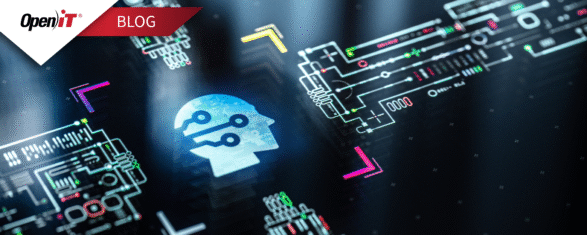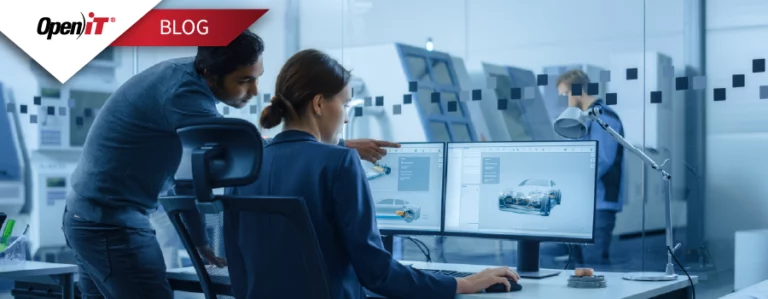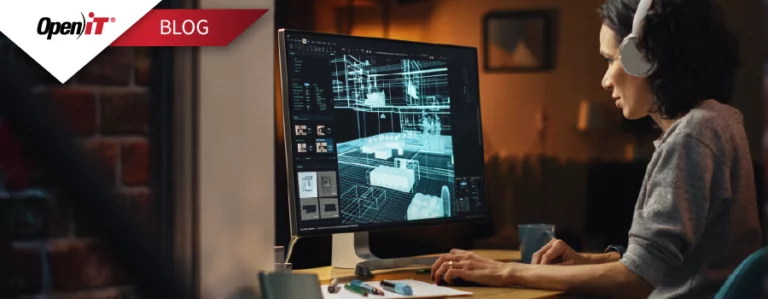Engineering Software Management is a special niche in the Software Asset Management (SAM) space. However, there are key differences between these two disciplines that make Engineering Software Management demand specialized treatment apart from the larger SAM space.
According to Gartner, “Software asset management (SAM) tools automate many of the tasks required to maintain compliance with software licenses, thereby controlling software spending.”
This means that the focus of SAM is compliance, and through compliance, license optimization and process/workflow optimization follow.
On the other hand, the main objective of Engineering Software Management is license optimization since engineering software licenses are very expensive, yet very critical in the company’s productivity.
Companies that use engineering software applications want to make sure that they get the most value from the licenses that they purchase.
As a result of license optimization, processes and workflows are also optimized, and compliance is, more often than not, already a given.
In terms of applications metered, SAM is mostly focused on Enterprise Applications, or business applications that are usually used by the whole organization, e.g. software applications by Microsoft, Oracle, Adobe, SAP, VMWare, etc.
License control is mostly based on SAM discipline and access is based on named hosts, named users or platforms resources, which is why compliance is of utmost concern.
Meanwhile, Engineering Software Management is concerned with specialized technical applications that are mission-critical and very costly, e.g. software applications by Autodesk, Ansys, Bentley, Cadence, Dassault Systemes, MathWorks, etc.
The deployment of these applications is mostly controlled by license managers and access depends on a wide variety of licensing models offered by the vendors, which is why it is imperative for an Engineering Software Management solution to have the capability to collect and collate usage data regardless of licensing method.
The key activities for an effective SAM system include:
- Discovery of software procurements
- Identification of software entitlements
- Normalization of software entitlements
- Platform discovery
- Identification of platform consumption
- Normalization of software data consumption
- Reconciliation of software asset information
- Optimization of software entitlements and consumption
- Sharing of software asset information
Conversely, an effective Engineering Software Management system has the following key activities:
- Metering of license usage from different sources
- Proactive alerting for license administration and optimization
- Simulation of different types of license agreements
- Analysis and normalization of license denials
- Visualization of usage and workflow patterns
- Normalization and matching of feature to feature-set license usage
- Identifying active and inactive usage
- Automatic optimization of inactive license usage
- Identifying the optimal hardware resource for particular software
Although SAM and Engineering Software Management share similarities in that they both utilize usage metering to control and manage software applications, a general SAM tool would be inadequate in addressing the specialized needs of an effective Engineering Software Management system.
Learn more about Engineering Software Management and how to properly address your engineering software management and optimization needs. Let us guide you through your engineering software management and optimization journey.






